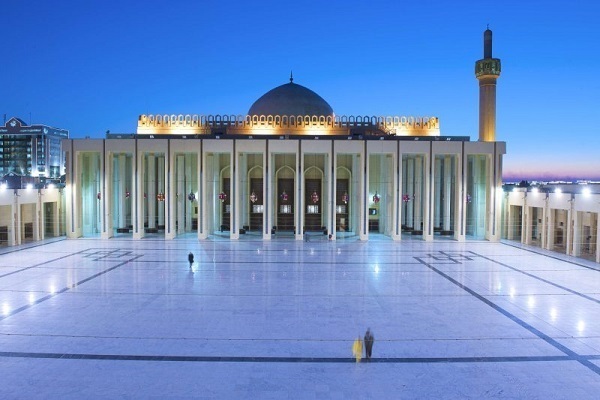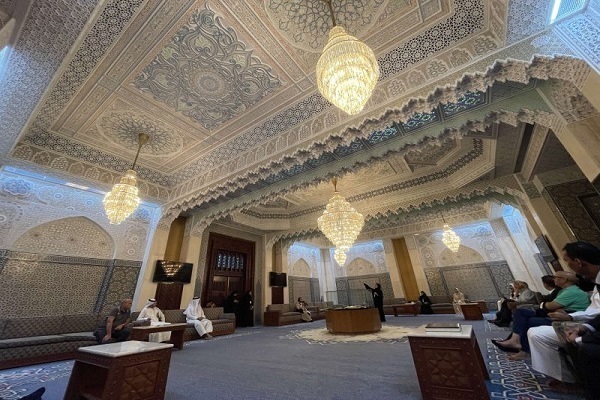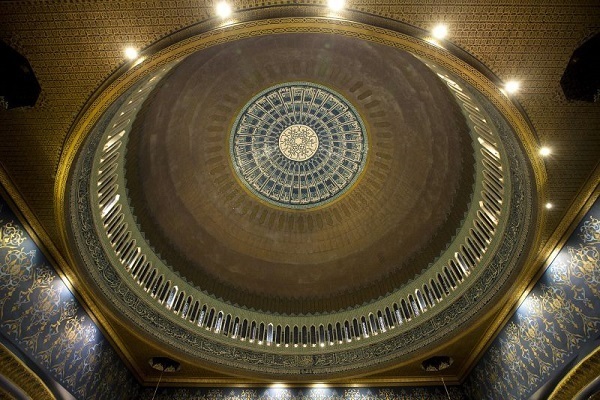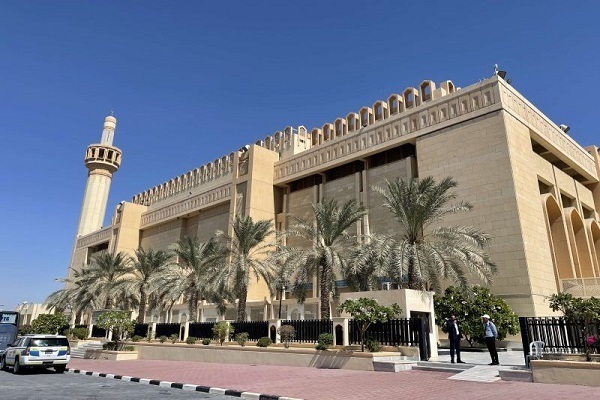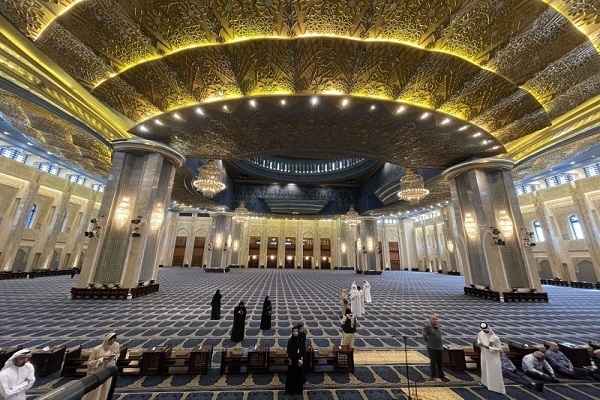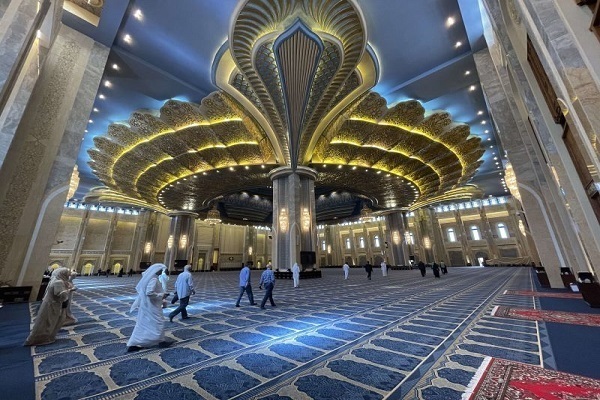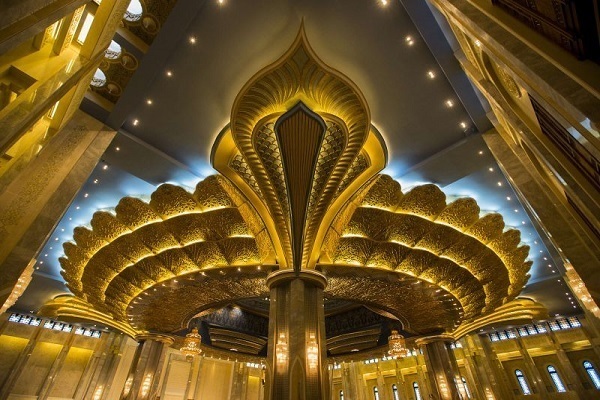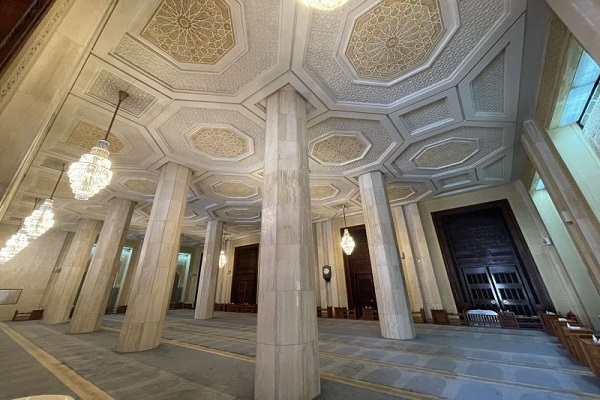Mosques Living Testament to Kuwait’s Heritage, Civilization
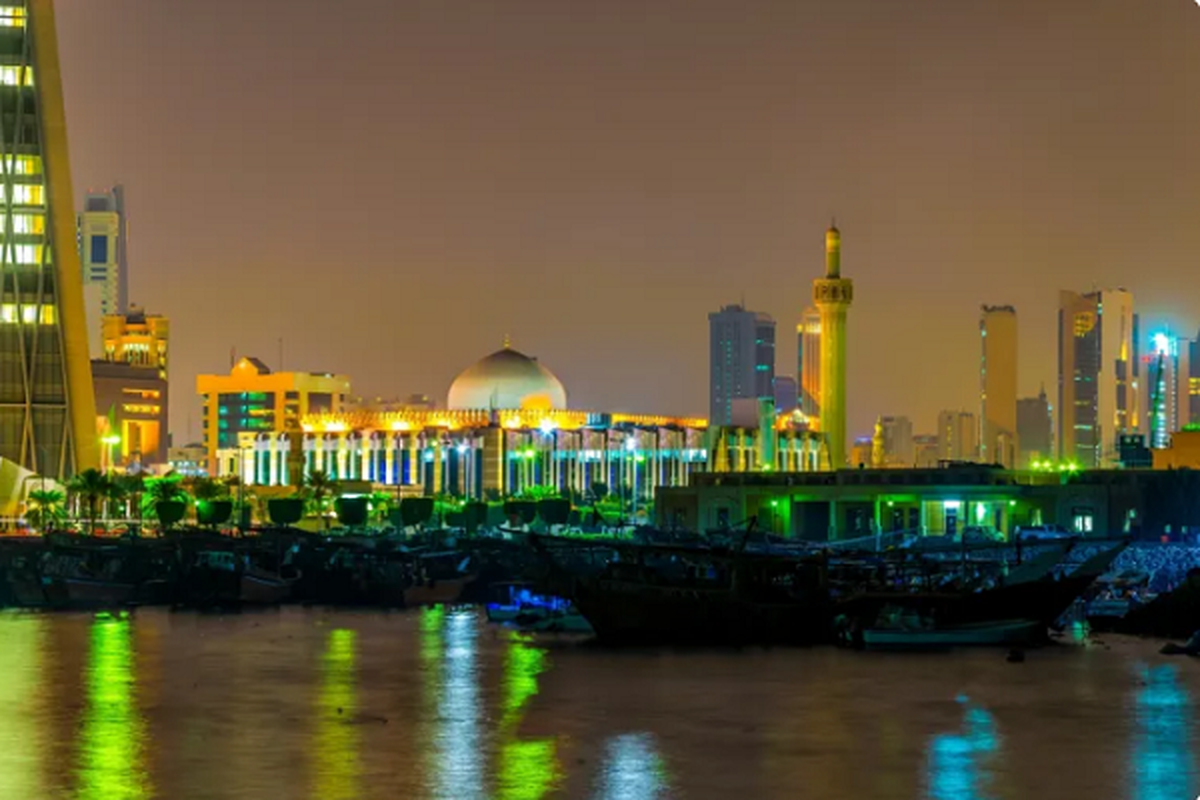
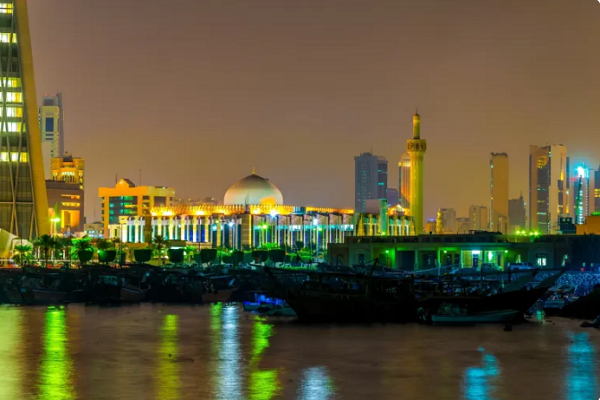
Beyond being places of worship, they show the dedication of Kuwaitis in different periods to Muslim places of worship, according to a report by Al Jazeera, excerpts of which are as follows:
Kuwaiti architecture reflects the influence of various cultures, such as Ottoman, Indian, and Persian. Ottoman architecture emerged in Kuwait along with the expansion of the Ottoman Empire in different regions of the Muslim world over the centuries.
The influence of the Indian architecture was the result of the close interaction between Kuwaiti merchants and the workers on commercial ships who traveled to various regions of India to transport goods. These individuals became familiar with the details of Indian culture and civilization through their daily interactions, experiencing Indian architecture, art, food, and markets.
Regarding the influence of Iranian and Persian culture, it should be noted that Iranian architecture in Kuwait was shaped significantly by the efforts of Iranian construction workers who played an important role in the development of building architecture in Kuwait.
Mosques are a significant part of Kuwait’s architecture and a living testament to Kuwaiti heritage and civilization. These places go beyond being merely centers of worship; they reflect the dedication of Kuwaitis, from rulers to leaders, to the places of worship for Muslims throughout various eras.
Read More:
“Ancient Monuments and Architectural Heritage of Old Mosques in Kuwait,” is a book authored by Bashar Mohammed Khaled Khalifa recently published by the Kuwait’s Ministry of Awqaf and Islamic Affairs to provide readers with detailed documentation on this aspect of the Arab country’s heritage.
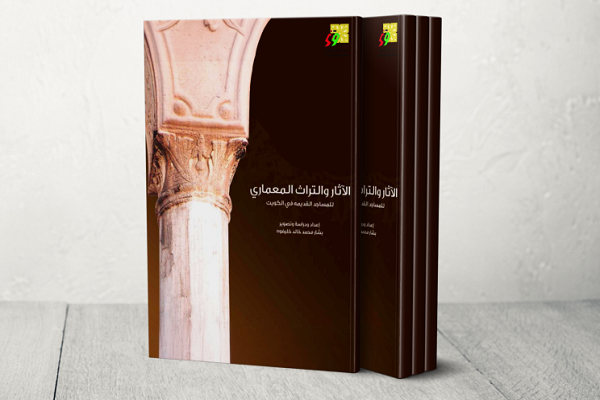
The book highlights Kuwait’s attention to mosques before and after the oil revolution (the oil crisis in Kuwait occurred in 1973) and describes the prominent architectural features of these mosques.
It explores the emergence and development of architectural styles in historic mosques and references the first mosques built in Kuwait.
The work provides a detailed artistic and historical study that includes details of the architectural designs of minarets, dome lighting, the development of the mihrab and pulpit, columns, decorations, historic gates, and their distinctive designs.
Read More:
The author focuses on the significant developments in the architecture of mosques in Kuwait, highlighting the prominent role of the Kuwait General Authority for Awqaf in the reconstruction and revival of the historical style of old mosques since 1949.
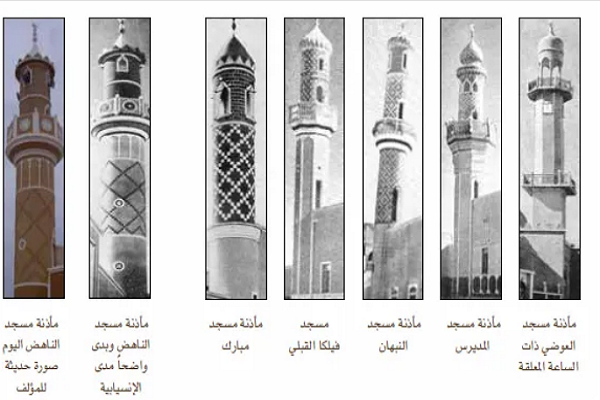
The work also examines the impact of this organization in introducing local Islamic architectural features and emphasizing its identity.
“First Mosques of Kuwait” is one of the chapter titles in this book that explores the qualitative leap in the architecture of these mosques. Another chapter, “Practical Development of Architectural Fabric and the Role of the Awqaf Organization,” focuses on the activities of the Awqaf Administration of Kuwait to implement fundamental changes in the old mosque architecture.
This book not only details the historical features of Kuwait’s mosques but also considers how new initiatives and renovations have contributed to preserving Kuwaiti architectural identity. The author provides a comprehensive and extensive study of the artistic and aesthetic features of the architectural works of Kuwait’s mosques.
The Grand Mosque of Kuwait is one of the largest mosques in the country and is located on the northwestern coast of the Persian Gulf. It is said that this mosque can accommodate sixty thousand worshippers. The Grand Mosque of Kuwait was inaugurated in 1987.
It is one of the distinctive structures in Kuwait and, after the Grand Mosque in Mecca and the Prophet's Mosque in Medina, is among the largest mosques in the Middle East.
Read More:
The Grand Mosque was designed by Mohammad Saleh Makiya with a blend of Andalusian and Eastern styles, based on the traditional Islamic and Arabic architectural heritage.
Construction of the mosque began in 1979 with the participation of 50 engineers and over 400 workers, costing approximately 45 million dollars.
The complex covers an area of 45,000 square meters, with the mosque building itself spanning 20,000 square meters, and the width of the main hall is 72 meters. The mosque’s dome, with a height of 26 meters and a diameter of 43 meters, is adorned with the Asma-ul-Husna (the 99 names of God).
This magnificent structure is regarded as the eighth largest mosque in the world, and tours are available free of charge. Other features of the mosque include an Islamic documents and books center and a parking lot.
The Fatima Zahra (SA) Mosque in Kuwait City is also considered one of the beautiful mosques in West Asia. Due to its unique architecture and resemblance to the historic Taj Mahal in India, it is also known as the Taj Mahal of Kuwait.
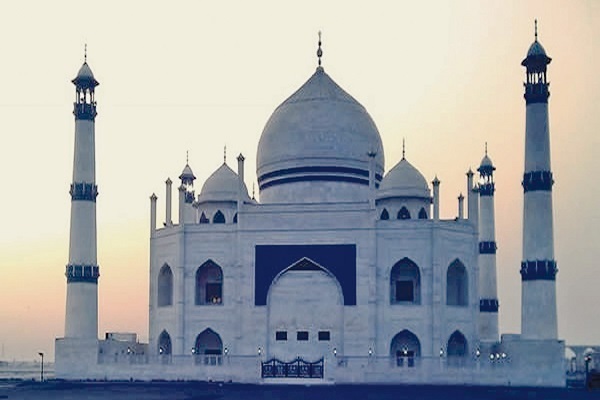
Construction of this mosque began in 2008 and was completed in 2011. The mosque can accommodate 4,000 worshippers. It features four minarets, each 33 meters tall, and a dome that is 16 meters wide and 22 meters high, adding to the mosque’s beauty.
The marble used in the mosque was imported from Iran, and Indian and Iranian craftsmen worked on it for eight months to prepare it for use in the mosque’s construction.
Near the Fatima Al-Zahra Mosque, there is a separate library and community center for women, and the mosque’s parking lot can accommodate 1,000 vehicles.
4259608



